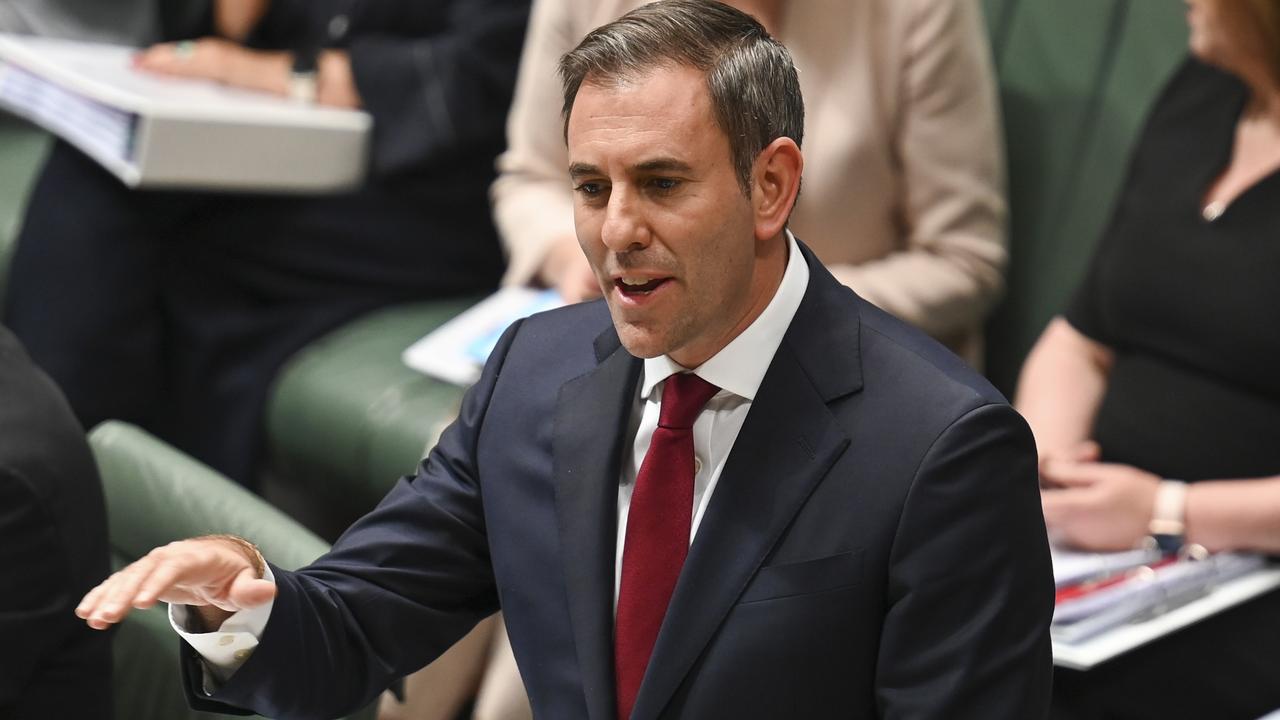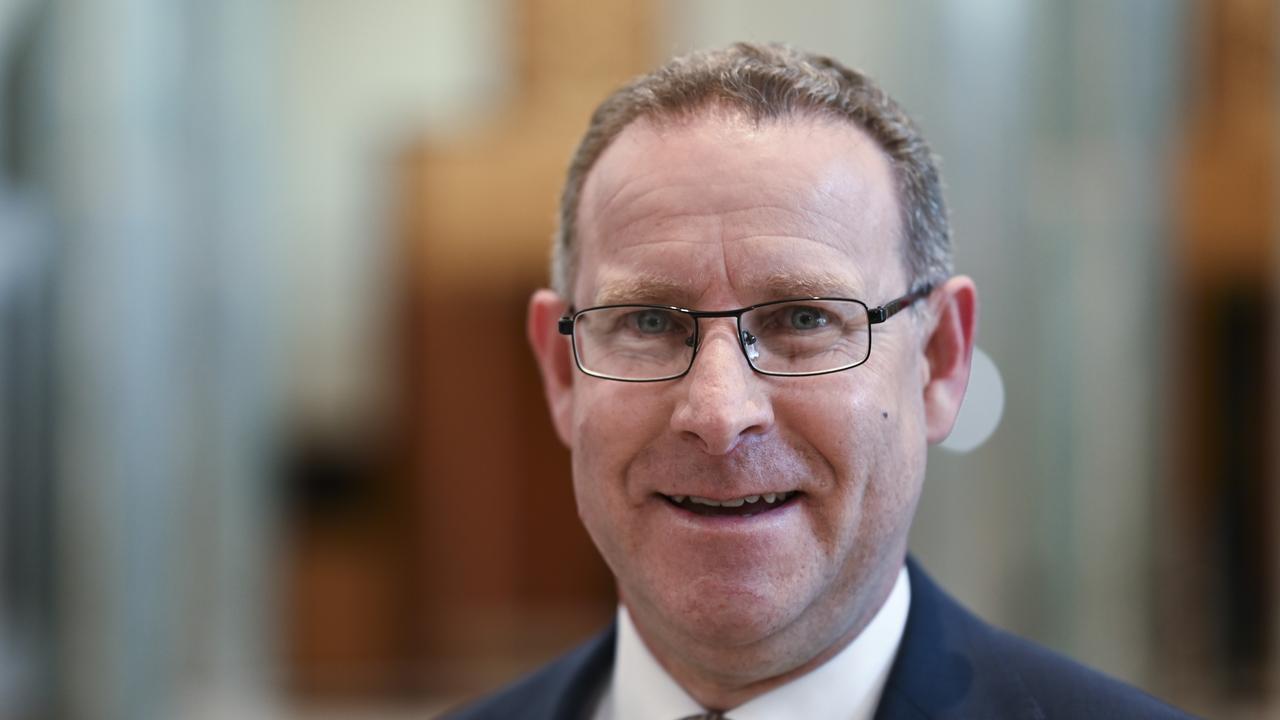RBA hikes rates again as inflation remains stubbornly high
The RBA has delivered a hammer blow to borrowers across the country as Australia’s inflation woes show no signs of abating.

Australia’s central bank has just delivered another blow to borrowers across the country as it hiked interest rates yet again.
On Tuesday afternoon, the Reserve Bank of Australia (RBA) increased the cash rate by 25 basis points, bringing it to 4.10 per cent.
That’s a significant jump from the historic pandemic low of 0.1 per cent that Australians enjoyed for more than two years.
This marks the 12th time the bank has hiked rates since May last year and is the highest the cash rate has been for the past 11 years.
Mortgage owners have been hit with a 400 basis point hike in the space of a year in what has been hailed as the fastest tightening cycle on record, as inflation stays stubbornly high.
April 2023 has been the only exception, when the RBA briefly paused rates, giving mortgage holders a much-needed reprieve.

Treasurer Jim Chalmers said while he does his best to not “second guess” the RBA, the latest increase will make life for mortgage holders “much harder”.
“I do expect that there will be a lot of Australians who will find this decision difficult to understand and difficult to cop,” he told reporters.
“The Reserve Bank’s job is to squash inflation without crashing the economy and they will have lots of opportunities of course to explain and defend the decision that they’ve taken today.
“My job is different. I take responsibility for my part of managing the economy and that’s why the budget and our economic plan takes as its central focus, taking some of the edge of these cost-of-living pressures without adding to inflation.”
New data from the Bureau of Statistics found Australia’s inflation is still stubbornly high, sitting 6.8 per cent in the past 12 months ending April.
“This rate rise today is not because of the budget, and it’s not because people on the minimum wage are being paid too much,” Dr Chalmers said.
“This rate rise today is because inflation is more persistent in our economy than any of us would like, particularly in those areas that the budget has been carefully calibrated to address, whether it’s rent, energy, [or] out-of-pocket health costs.”
In a worrying trend, the RBA’s inflation target is to keep consumer price inflation between two to three per cent, which is clearly nowhere near current levels.
The RBA has warned of more pain to come, refusing to rule out future rate rises, in its policy decision handed down on Tuesday afternoon.

In a statement, RBA governor Philip Lowe warned that future rate rises might be necessary.
“Some further tightening of monetary policy may be required to ensure that inflation returns to target in a reasonable time frame, but that will depend upon how the economy and inflation evolve.”
He also flagged that inflation was not at the level it ought to be.
“Inflation in Australia has passed its peak, but at 7 per cent is still too high and it will be some time yet before it is back in the target range,” Mr Lowe said.
“This further increase in interest rates is to provide greater confidence that inflation will return to target within a reasonable time frame.”
He acknowledged that “high inflation makes life difficult” for everyone and that it was damaging to the economy.
“If high inflation were to become entrenched in people’s expectations, it would be very costly to reduce later, involving even higher interest rates and a larger rise in unemployment,” Mr Lowe cautioned.
He pointed out the unemployment rate has increased slightly to 3.7 per cent in April while employment opportunity growth has “moderated” in a disturbing trend.
“Firms report that labour shortages have eased,” he added, “although job vacancies and advertisements are still at very high levels”.
Financial comparison website Finder found that the rate hike will set Aussies back by an additional $1200 every month.
Aussies with an average loan size of $577,000 will be spending over $15,000 more per year on their mortgage compared to what they were in April last year.
That’s a “huge amount of extra money to be forking out on your mortgage,” Graham Cooke, head of consumer research at Finder, said.
He warned that four out of five of Australians are reducing their spending to cope with rising costs
“The RBA’s latest hike is likely to push that (figure) closer to 100 per cent,” he added.

Some economists welcomed the move amid warnings that Australia’s inflation rate is much higher than it should be, after more than a year of mostly back-to-back interest rate rises.
Former senior RBA employee, Peter Tulip, now chief economist at the Centre for Independent Studies, said not only was a rate rise for June inevitable, it was also “desirable”.
“A front-loaded increase in interest rates will get the RBA closer to its unemployment and inflation targets quicker, so is desirable,” Dr Tulip said, per the AFR.
“If you don’t tighten enough, then you risk inflation expectations getting untethered. And hence, a big increase in unemployment later.”
Another economist, Warren Hogan from Judo Bank, warned that without some harsh measures now, Australia risked an economic resurgence in the middle half of this year, which would ultimately exacerbate inflation.
Penning an analysis piece in the newspaper, Mr Hogan said “The tightening cycle is petering out in 2023 and, rather than the lagging effects of previous rate hikes biting into economic activity, there is mounting evidence of a revival of economic activity in the middle of this year that will risk leaving monetary policy out of whack with the inflation risks our economy confronts.”
Indeed, PropTrack senior economist Eleanor Creagh said there were already signs that the housing market was picking up steam.
“The decision by the Reserve Bank to lift the cash rate in May did not deter the current home price rebound, in fact it was the opposite,” she said.
“After five consecutive months of national home price growth, stronger market conditions are more pervasive, and price rises are more widespread.
“Strong demand relative to stock on market is seeing home prices lift, and offsetting the downward pressure from continued interest rate rises.”

Meanwhile the Australian Chamber of Commerce and Industry (ACCI) has criticised the rise, blaming the Australian Council of Trade Unions’ (ACTU) push for an increase to the minimum wage.
“The result of the ACTU’s irresponsible wages claim could not be clearer – wages growth not supported by productivity gains risks entrenching inflationary expectations and inflationary pressures,” ACCI chief Executive Andrew McKellar said in a statement.
“The Reserve Bank’s decision to hike rates another 0.25 per cent will come as a blow to millions of households and small businesses across the country.
“After last week’s Fair Work Commission decision, it has become increasingly difficult for the RBA to return inflation to target, with the bank indicating that further monetary tightening is likely.”
In its own statement, the ACTU made no mention of last week’s wages decision but instead slammed the RBA, arguing the rate hike would “push up unemployment” and “put more pressure on those who can’t afford it”.
“The Reserve Bank seems hell bent on crushing consumers and continues to punish those who did nothing to cause this cost-of-living crisis,” ACTU secretary Sally McManus said.
“We are concerned about consumer spending as we know many families are severely cutting back and now, they may need to cut back more, especially if landlords continue to put up the price of rents and if supermarkets do not drop their prices.
“You cannot have a healthy national economy if people do not have confidence in their household budgets.”

The decision could come as a shock to some, with several of Australia’s largest banks and key economists convinced the peak cash rate had already been reached.
“The RBA continues to operate in the dark, as our panel of economists were split on the bank’s intentions,” Mr Cooke said.
Only 44 per cent of the panellists predicted the rate rise.
Experts were hopeful that June was also headed for another halt, providing the nation with a much-needed reprieve, but those hopes were dashed.
But higher than expected inflation figures from the Bureau of Statistics – which came in 6.8 per cent in the 12 months to April – coupled with the Fair Work Commission increasing the minimum wage, made many think a rate rise may be back on the cards.
The market expected such an occurrence, with the odds being raised from below 10 per cent to 42 per cent.
Meanwhile, the CBA and Westpac both incorrectly predicted the peak interest rate Australians had to endure.
Both banks earmarked 3.85 per cent as the terminal rate, thinking another rise on Tuesday was unlikely.
The CBA forecast that the rate would be paused in June and by August next year it would be back down to 2.6 per cent while Westpac thought the rate would bottom out at 2.10 per cent in May next year.
NAB has called 4.10 per cent as the terminal rate, and thinks this will drop down to 3.10 per cent over the following 12 months.
ANZ had the most dire forecast of all, predicting 4.35 per cent to be the terminal rate, which won’t be reached until August.
Phil O’Donoghue, chief economist at Deutsche Bank, warned: “We now anticipate the likelihood of multiple rate hikes before the year’s end. The only remaining uncertainty for us is when these hikes will take place”.






